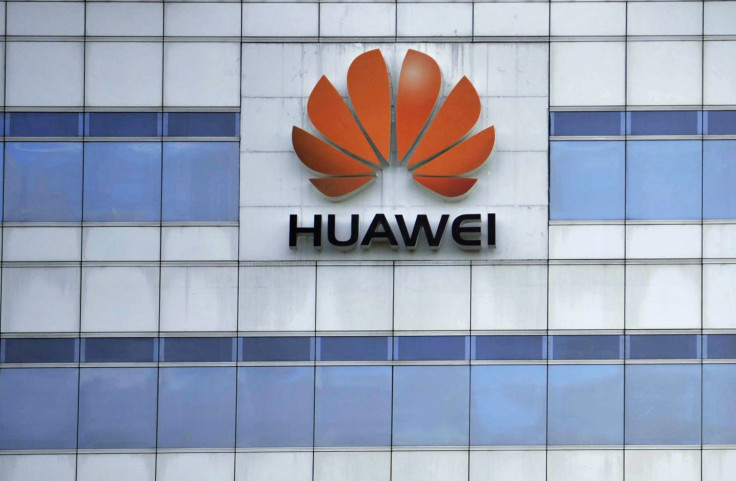Huawei Coming To America? Exec Says Biggest Hurdle Is Being An Unknown Brand

Chinese electronics giant Huawei is growing rapidly and steadily gaining on the likes of Apple Inc. and Samsung Electronics Co., so the big question: When will it finally come to the U.S.? Huawei Senior Vice President Chen Lifang told the WSJD Live global technology conference the biggest challenge is being an unknown brand.
“It will take Huawei a longer time than entering Europe and Asia to enter the U.S. market. In the past we didn’t have much communication in the U.S.,” he said. “We have to invest more time and let them know about us."
The other obvious issue is Huawei's close association with the Chinese government. In 2012, a U.S. congressional report listed Huawei among companies the U.S. should avoid for fear of it sharing security intelligence with the Chinese government. But Huawei has vehemently denied these claims, stating that there are no facts substantiating claims that its products are not secure.
“Huawei has never received any requests from the Chinese government asking us to do anything, or to imply we should do anything,” Lifang said.
The tech giant claims to be the third-largest smartphone manufacturer in the world, though several other companies like Xiaomi and Lenovo have also staked claims to that position in the market. The company says 65 percent of its revenue comes from outside China, primarily from Europe and developing markets.
Huawei has aggressive goals for the foreseeable future. The company, which currently takes in about $40 billion in revenue annually, hopes to reach $70 billion in the next three years, and hopes sales of mobile devices will be a big part of that increase. “Smartphones will be a key channel to providing experiences in that digital world,” Lifang said, noting that Huawei sees an “integration between the digital world and the physical world,” primarily through smartphones.
Currently, mobile devices are 24 percent of Huawei’s revenue and its fastest-growing markets include China and Europe. Lifang credits Huawei’s continued growth in China to advances in technology, such as China’s recent implementation of 4G data connections. He also says Europe’s high-value market also propels sales, with consumers choosing Huawei products for their quality and excellent user experience.
Huawei also spends a considerable amount on research and development; last year it spent $6 billion on research and development. Researching the U.S. market is a big part of its ongoing R&D plans. The company also has made extensive efforts toward ensuring that its products are secure. “Because Huawei comes from China we had to make more efforts, in validation. No company is so vigorously tested than Huawei,” Lifang said.
The company established CSEC (Cyber Security Evaluation Center) in the U.K. and the EWI in Canada, both of which act as third parties to validate Huawei products. Huawei also has an independent cyber security lab whose engineers validate and test its products and technologies.
© Copyright IBTimes 2024. All rights reserved.





















